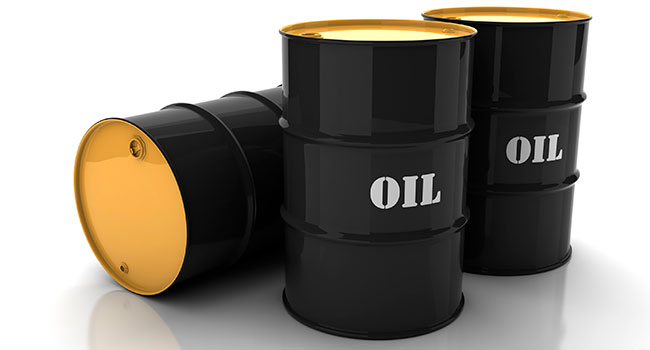 Forecasting crude oil markets remains a matter of perspective.
Forecasting crude oil markets remains a matter of perspective.
Global oil demand growth is expected to taper off, journalist and analyst Julianne Geiger says, referencing the latest report from energy consultancy IHS Markit.
Crude oil demand sits at 89 per cent of pre-pandemic levels, IHS Markit says. It’s expected to rise, then level off at between 92 and 95 per cent of the pre-COVID-19 demand.
Demand will wane and plateau through the first quarter of 2021, the report says. Fewer people are commuting to work, Geiger underlines, and air travel has slumped considerably amid remaining travel restrictions and people’s subdued appetite for air travel, particularly international flights.
Oil demand hinges largely on jet fuel and U.S. gasoline demand.
So far in 2020, global jet fuel demand, while rebounding from April, is still 50 per cent off last year at the same time. U.S. gasoline demand is also down, though by a lesser if still significant amount – around 20 per cent – despite rebounding from April lows at the height of the U.S. lockdowns.
Houston Chronicle business reporter Paul Takahashi, also quoting the IHS report, underlines that global oil demand is expected to remain depressed into 2021 as airplane travel and work commutes have yet to recover from the pandemic.
However, Matthew V. Veazey of the oil and gas information site Rigzone looked at the same IHS Markit report rather differently. He says global oil demand has grown at a record pace – by 13 million barrels per day (bpd) – in the past four months since the nadir of the COVID-19-induced collapse in April.
Presently at 89 per cent of pre-COVID-19 levels, global oil demand has risen from 78 per cent in April, IHS noted in a written statement to Rigzone. According to Rigzone, the anticipated demand plateau will stem primarily from subdued air travel and commutes.
Geoffrey Morgan, writing for Financial Post, also looked at the IHS Markit report differently. He underlines that despite projections that the pandemic would hasten peak oil demand, global consumption has rebounded by an astounding 13 million bpd in the past four months.
“We were surprised (oil demand) has gone up even with the surge in the U.S. (COVID-19) cases in June and July,” Jim Burkhard, vice-president and head of crude oil research at IHS Markit, told Morgan.
Yet despite some analysts and observers looking at the glass as half full, there still seems to be ample reasons for gloom. The ongoing slowdown in the Chinese economy, warns Gabriel Collins, the Baker Botts Fellow in Energy and Environmental Regulatory Affairs at the Baker Institute, would have long-term consequences for global oil markets. “A sustained slowdown in China’s oil demand growth is, from the risk perspective, a lurking crocodile.”
The muted market reaction has been made worse by the dual tropical storm threat on the U.S. Gulf Coast.
“Due to the moribund demand for gasoline and diesel fuels due to the pandemic, it is hard to get a rally going off this remarkable dual-storm threat, which itself is remarkable,” Again Capital’s John Kilduff told CNBC.
Hurricanes have previously generated spikes in the oil markets. Not this time. In fact, oil prices fell on Thursday once hurricane Laura made landfall in the heart of the U.S. oil industry and no major damage was reported to industry equipment.
That the markets didn’t flutter much reflects the true state of the industry.
So the glass is half empty, you could say with some certainty.
Toronto-based Rashid Husain Syed is a respected energy and political analyst. The Middle East is his area of focus. As well as writing for major local and global newspapers, Rashid is also a regular speaker at major international conferences. He has been asked to provide his perspective on global energy issues by both the Department of Energy in Washington and the International Energy Agency in Paris.
The views, opinions and positions expressed by columnists and contributors are the author’s alone. They do not inherently or expressly reflect the views, opinions and/or positions of our publication.


